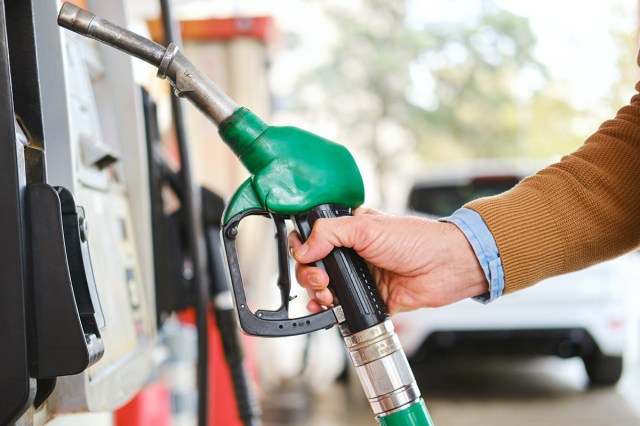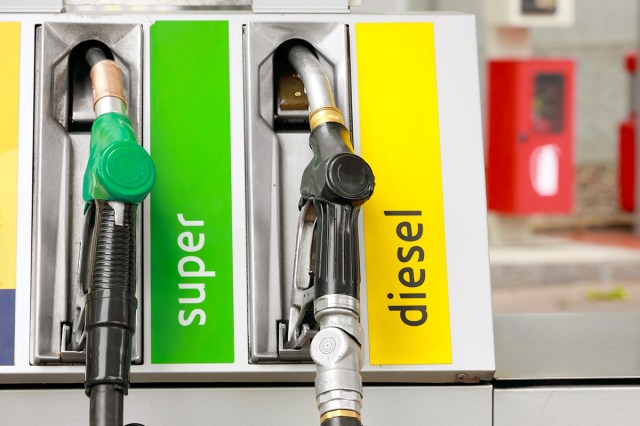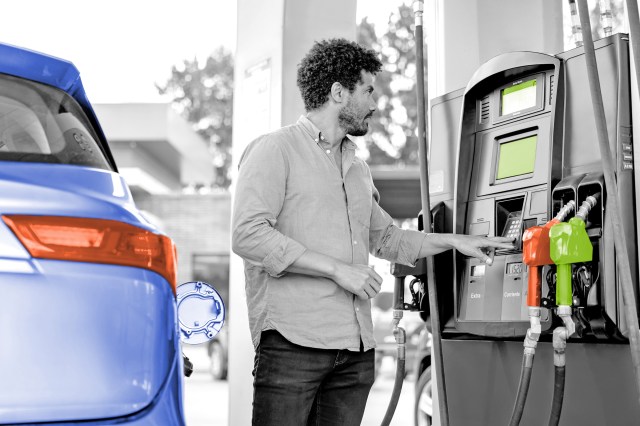
Regular Gasoline: The Standard Choice
Regular gasoline, typically rated at 87 octane, is the most commonly used automotive fuel in the United States. This fuel grade is formulated to meet the basic requirements of most standard passenger vehicles, including sedans, SUVs, and trucks with naturally aspirated engines (engines in which the air intake depends on atmospheric pressure alone rather than requiring forced induction).
From an economic perspective, regular gasoline offers the best value for vehicles designed to use it. Putting premium fuel in an engine designed for regular gasoline provides no performance benefits and is, to put it bluntly, a waste of money. The engine management systems in vehicles designed for regular fuel are calibrated to optimize performance and efficiency with 87 octane fuel, making it the logical choice for most drivers.

Plus Gasoline: The Middle Ground
Plus gasoline, also known as mid-grade or intermediate gasoline, typically carries an octane rating of 89. This fuel grade occupies the middle ground between regular and premium gasoline, both in terms of octane content and price. Plus gasoline is often created by blending regular and premium gasoline at the pump, though some refineries produce it as a distinct product.
Mid-grade fuel accounts for only about 7% of all gasoline sales, and it’s likely that at least some of those sales are the result of drivers who unnecessarily purchase plus gasoline thinking it offers some kind of benefit when regular gas would do exactly the same job. Plus gasoline represents a compromise solution rather than an optimal choice for most vehicles.
So then, why does it exist? The only real application for plus is in vehicles that experience slight knocking with regular fuel — typically older vehicles from the 1980s and 1990s — but that don’t require the full octane rating of premium gasoline. Among cars sold today, hardly any actually require mid-range, 89 octane gas, apart from some RAM 1500 trucks, Dodge Durangos, and the Jeep Grand Cherokee.

Premium Gasoline: High-Performance Fuel
Premium gasoline is any gas with an octane level of 91 or greater, with 91 octane and 93 octane being the most common versions of premium gasoline available at gas stations in the United States (93 octane is sometimes called “ultra” or “super-premium”).
Premium is specifically formulated for high-performance and luxury vehicles. It contains a higher concentration of octane-boosting compounds that allow it to withstand higher compression and temperature without pre-igniting. This gives it superior knock resistance, making it ideal — and in many cases essential — for vehicles with high-compression engines, turbochargers, or superchargers.
Putting premium gas in a vehicle designed to run on regular‐grade fuel offers no benefits: It won’t produce more horsepower, improve fuel economy, or result in lower tailpipe emissions. However, due to its superior-sounding name, many consumers confuse premium gas for “better” gas.
In 2016, the American Automobile Association found that 16.5 million Americans ignored manufacturer recommendations for regular gasoline and instead used premium, unnecessarily spending a whopping $2.1 billion per year on premium‐grade gasoline when regular would have worked just as well.
Today, more vehicles require premium gasoline than ever before. More than half of all light-duty models (as opposed to heavy-duty vehicles) sold in 2024 require premium, including the Chevrolet Suburban, Dodge Durango, Nissan Z, and Toyota GR. Some new-vehicle buyers may not realize they’ve purchased a model that requires the more expensive type of gas until after they’ve already taken the car home, so it’s important to always ask in advance to get the full scoop on what you’re signing up for.
More Interesting Reads

Diesel Fuel: A Different Option Altogether
Gasoline and diesel are both fuels derived from petroleum, but diesel represents a fundamentally different approach to automotive power, utilizing compression ignition rather than spark ignition. Diesel has a greater energy density than other liquid fuels and is typically used in vehicles requiring high torque and fuel efficiency, such as commercial trucks, most construction and farming vehicles, and other heavy equipment. Gasoline, on the other hand, is used for vehicles that require more horsepower and that favor speed over brute strength.
As a vehicle owner, it’s vital to know whether your vehicle runs on gas or diesel. However, it’s actually quite difficult to accidentally fill up your car with diesel if it takes gasoline, because most diesel fuel pump nozzles have a larger diameter filler pipe than gasoline nozzles.
If you do manage to put diesel in a non-diesel vehicle, it’s best to not start the engine and instead call a mechanic right away. Your car may move a few miles, but it will then likely come to a stop, potentially causing cylinder and timing issues in your engine that could cost thousands of dollars to repair.












